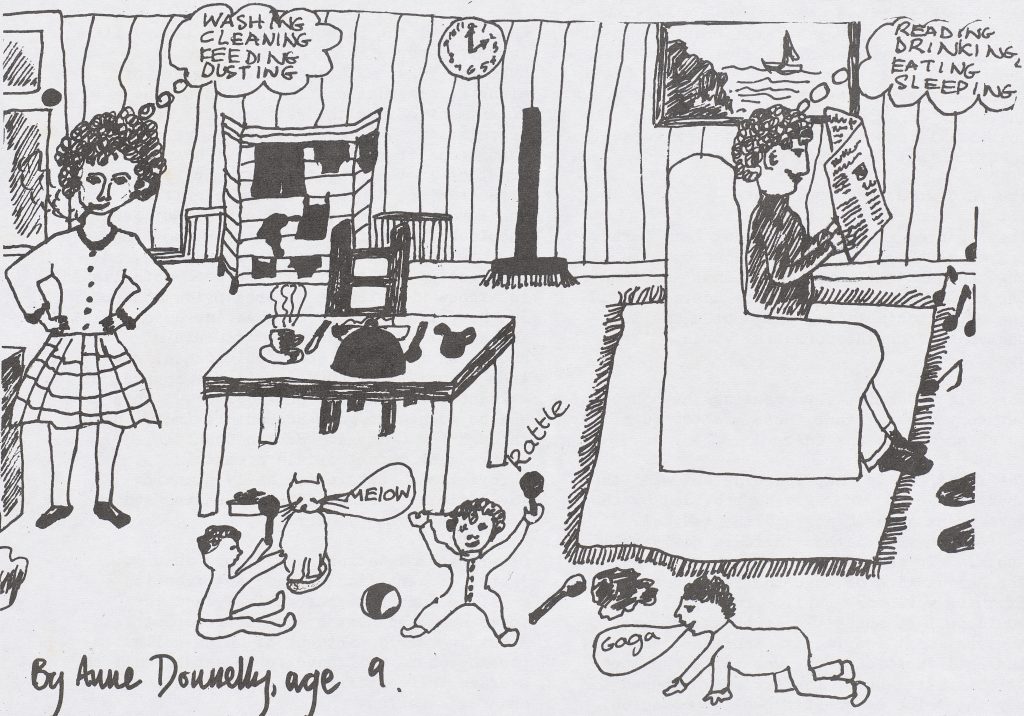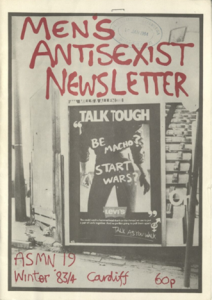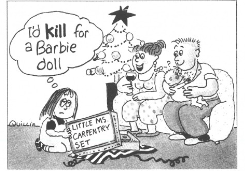August 9, 2024, by Chloe
Feminist Footnotes
This is a guest post by Chiara Rebora, a University of Nottingham student, who recently completed a Summer Research Placement at Manuscripts and Special Collections.
Expectations of my role?
When I began this placement, I felt under-qualified and completely out of my comfort zone. I had to remind myself I was selected for this placement and that they believed I could complete this work to a high ability. I felt fully supported by my supervisor and quickly understood I could ask any questions to Ursula or other members of the King’s Meadow Campus Manuscripts and Special Collections Team. Fortunately, the placement student of last year: Amelia had created a coding scheme so I understood the direction in which my work would take me. However, I endeavoured to ensure that my scheme was cohesive and shared the same language used by her. I spent my first couple of days intensely studying hers and reading through material which she analysed to be successful in completing the remaining materials. After the first two weeks, I became more comfortable and confident in my abilities and am thankful that I was put in a situation out of my comfort zone as this is the only way anyone can learn.
KMC Dynamics?
At the beginning, walking into an office where the staff have been working for many years and are exceptionally talented, it was daunting. However, I utilised this to constantly learn from their experiences and ask questions which could guide my future career prospects. Everyone was so welcoming, and I felt that by the end of my placement I found myself deeply admiring and inspired by them as well as having fantastic tea breaks, away from work where we could connect on a social level.
Workplace Atmosphere?
The reading room was very silent, and sometimes busy, whether that be the staff or the public intently concentrating and analysing invaluable archival material. This environment ensured I would not be distracted and could perform to the best of my ability. There were also tea breaks meaning that after focusing on one issue for too long, you could refresh yourself and come back to work rested and with no screen fatigue.
What did my work entail?
There were under 20 different projects for the Arts Placement Scheme and naturally the work varied from project to project. There was something for everyone! My project was Researching the Feminist Publications Collection, in which I had the opportunity to read and analyse archives from the Second Wave of Feminism and do so by a set of research questions. Some of these materials had been seen by a small group of individuals, so I felt incredibly lucky to be able to see such precious and significant material to the feminist movement (some documents came as far as New Zealand!) Much of the subject matter I encountered, or skills gained was invaluable to my future career as a journalist or my dissertation focusing on women and justice. This placement aided me in narrowing down my employment prospects and understanding/adapting to an academic workplace. Before this past month, I had solely worked in hospitality so adapting to the new skills, mentality and atmosphere required of this sector was a huge change.
I have gained vital experience, including handling archival material, data analysis and synthesis and most of all developed my research skills which are crucial for any career, future or life in general.
Any material that caught my eye?
I was surprised by the sheer diversity of the archives that I analysed. Understandably the political belonging, editorial intentions and tone would differ, yet I met a wide range of intersectional feminist material. I was most surprised by the content and complexity of ideas, while you may think this is naïve, but I began to understand the immense quantity of material circulating in the 20th century. The more informal and artistic material I particularly enjoyed reading as the editorial voice really jumped out.
Additionally, I created a poster to summarise my role in my placement and had chosen a theme of Barbie. Whilst for Gen Z, the ‘Barbie’ movie was ground-breaking, I wanted to encourage anyone (of any age) to watch the film. It may appear to be a children’s movie simply about dolls, but for those who watched it they would understand it’s critique of traditional roles and expectations associated with Barbie—a character historically seen as embodying idealized, often unattainable standards of female beauty and behaviour. It was truly an innovative feminist motion picture. Some of the archives I had analysed had Barbie features which helped inform my theme and understand the narrative of this symbol of aesthetic perfection and broaden my knowledge on looking beyond the surface of my female preconceptions of society.
You can see material from the Feminist Publications Collection, as well as the Feminist Archives (East Midlands) on display for free at the dear sisters exhibition at Weston Gallery, Lakeside Arts until 1 September 2024.
No comments yet, fill out a comment to be the first




Leave a Reply